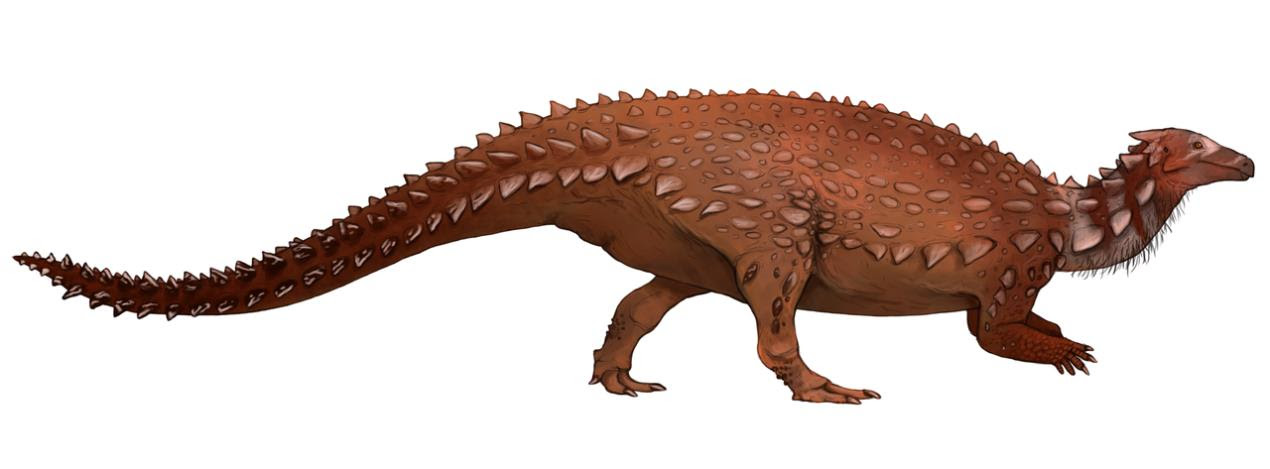That has now been achieved. Two fossil bones found by the late citizen scientist Roger Byrne, and donated along with many other fossils to Ulster Museum, have been confirmed as early Jurassic rocks found in Islandmagee, on the east coast of County Antrim.
Originally it was assumed the fossils were from the same animal, but the team found they were from two completely different dinosaurs. One is part of a femur (upper leg bone) of a four-legged plant-eater called Scelidosaurus. The other is part of the tibia (lower leg bone) of a two-legged meat-eater similar to Sarcosaurus.

The Jurassic thyreophoran Scelidosaurus harrisonii, Jack Mayer Wood, CC BY-SA 4.0 (https://creativecommons.org/licenses/by-sa/4.0), via Wikimedia Commons
“Analyzing the shape and internal structure of the bones, we realised that they belonged to two very different animals. One is very dense and robust, typical of an armored plant-eater. The other is slender, with thin bone walls and characteristics found only in fast-moving two-legged predatory dinosaurs called theropods,” said University of Portsmouth researcher Robert Smyth.
Dr Simms, National Museums NI, said, "The two dinosaur fossils that Roger Byrne found were perhaps swept out to sea, alive or dead, sinking to the Jurassic seabed where they were buried and fossilized.”
Two hundred million years ago, when these animals died, is when dinosaurs really started to dominate the world’s terrestrial ecosystems. Since they were in marine strata, it may have been a coastal animal, perhaps even eating seaweed like marine iguanas do today.






Comments